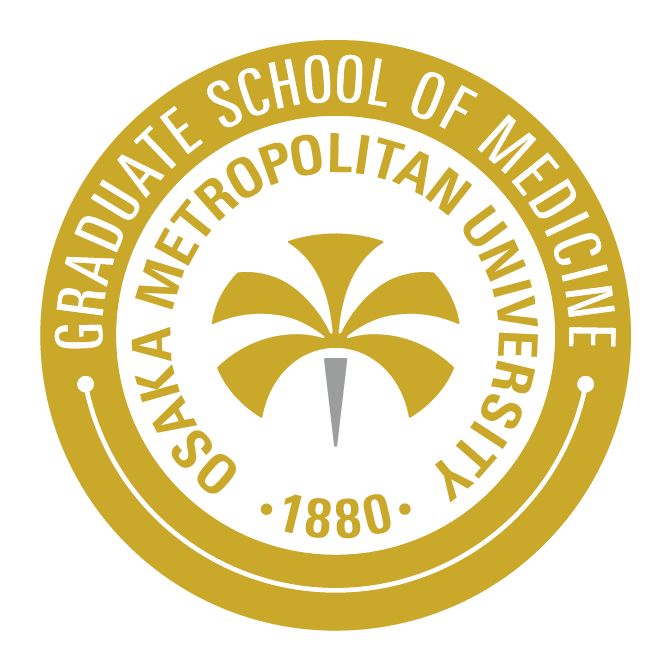腹部放射線(画像)診断学において、
「Abdominal Radiology」誌がとても役立ちますよ、
ということを以前お話ししましたが、
最新号の「Volume 44, Issue 10, October 2019」から下記論文を紹介します。
Pelvic endosalpingiosisが、虫垂にも生じるんですね。
The findings of a peri-appendiceal cystic mass near the tip is non-specific with a range of diagnostic possibilities, including tip appendicitis, mucinous neoplasms of the appendix, peri-appendiceal implants from non-appendiceal origin mucinous neoplasm such as ovarian, and rarely cystic appendiceal endosalpingiosis.
「CT and MR imaging of chemotherapy-induced hepatopathy. (Abdominal Radiology, 2019;44(10):3312–3324.)」
Chemotherapy-induced hepatopathyに関する総説です。
(https://ocu-radiology.jp/news/news-2464/)で紹介しました、
「REVIEW ARTICLE: Drug-Induced Liver Injury — Types and Phenotypes.(NEJM 2019;381:264-273.)」とあわせて復習できますね。
「T2 hyperintense myometrial tumors: can MRI features differentiate leiomyomas from leiomyosarcomas?. (Abdominal Radiology, 2019;44(10):3388–3397.)」
子宮筋腫と子宮平滑筋肉腫との画像上の鑑別は、繰り返し検討されるテーマですね。
The presence of lobulated borders, T2 dark areas, necrosis, hyperintensity relative to the myometrium after contrast administration, central necrosis, presence of high signal on b1000 DWI, ADC value lower than 0.82 × 10−3 mm2/s and type 3 enhancing curve on DCE can help distinguish between leiomyoma and leiomyosarcoma. The association of lobulated borders and central necrosis can help predict a malignant histology.
他のAbdominal Radiology関連は、こちら。
(https://ocu-radiology.jp/news/news-2341/)
(https://ocu-radiology.jp/news/news-2129/)
(https://ocu-radiology.jp/news/news-1853/)
(https://ocu-radiology.jp/news/news-1413/)
(https://ocu-radiology.jp/news/news-882/)
